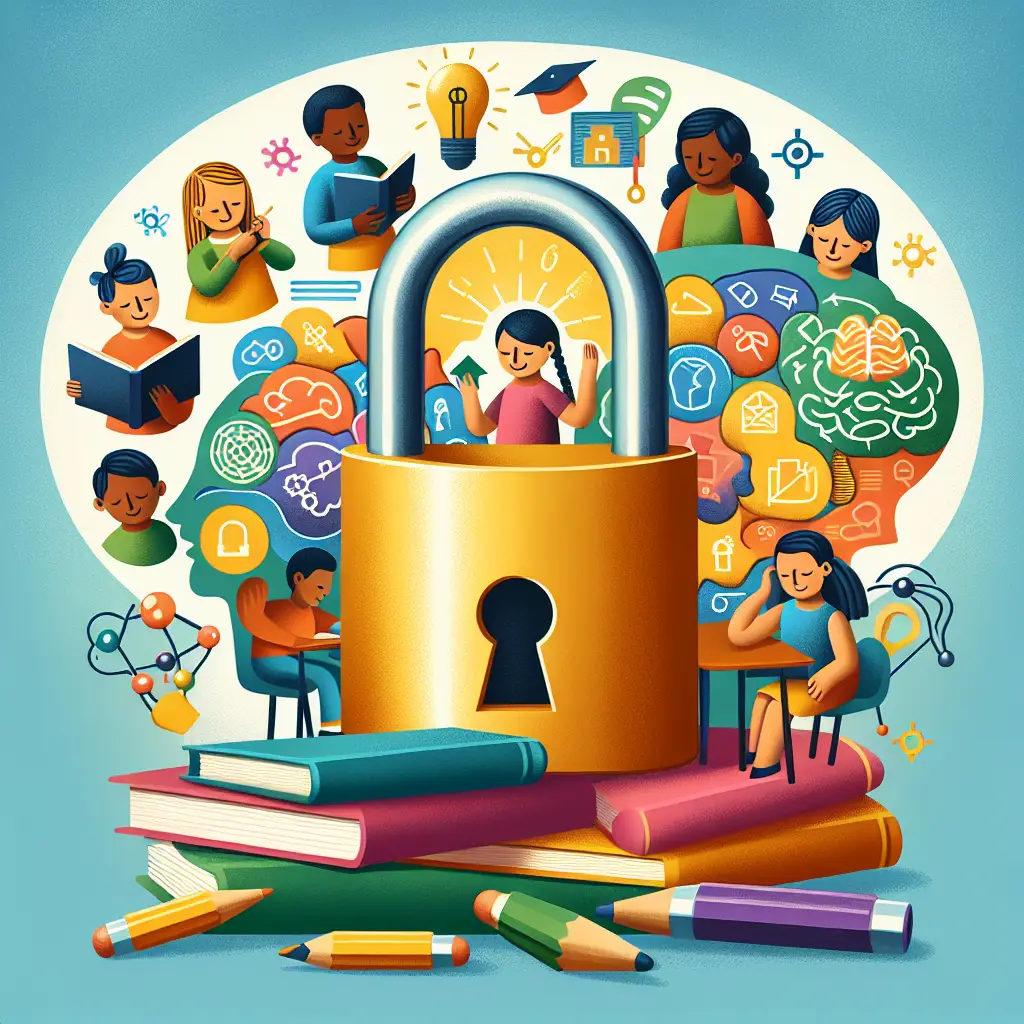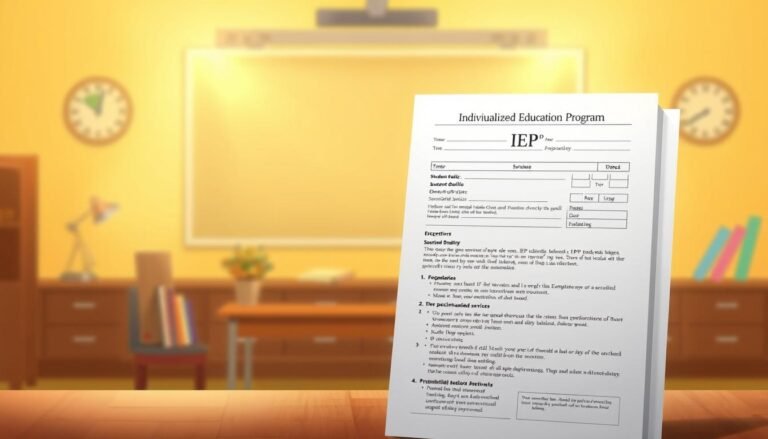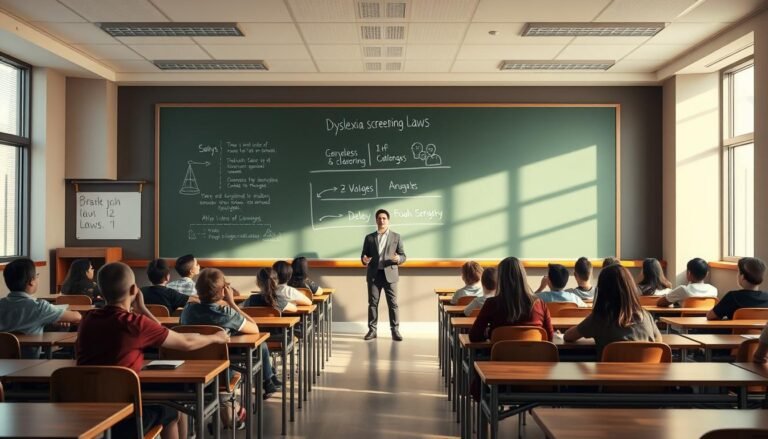
Unlocking Potential: Essential Strategies for Supporting Children with Learning Disabilities
Introduction
Imagine a classroom where every child, regardless of their unique challenges, thrives and reaches their full potential. This vision often feels like a distant dream, especially for children with learning disabilities. But the reality is that with the right support and strategies, we can truly unlock their potential. In this comprehensive article, “Unlocking Potential: Strategies for Supporting Children with Learning Disabilities,” we will explore actionable techniques, enlightening case studies, and insightful resources to empower both educators and parents.
As we delve into this important issue, we recognize that learning disabilities affect approximately 1 in 5 students. It isn’t just about academic achievement; it’s about fostering self-esteem, developing crucial life skills, and promoting a love for learning. This journey is vital, and the strategies provided here are not just beneficial—they are essential.
Understanding Learning Disabilities
What Are Learning Disabilities?
Learning disabilities (LD) encompass a range of neurological conditions that affect the brain’s ability to receive, process, or communicate information. Common types include dyslexia (reading), dyscalculia (math), and dysgraphia (writing).
The Impact of Learning Disabilities
The implications of learning disabilities extend far beyond academics. These challenges can influence social interactions, emotional well-being, and even future career opportunities. Recognizing the signs—like difficulty following instructions, struggling to organize thoughts, or poor spatial awareness—is the first step toward intervention.
Unlocking Potential Through Understanding
Building Awareness
One of the first steps toward “Unlocking Potential: Strategies for Supporting Children with Learning Disabilities” is raising awareness among educators and peers. Training sessions focusing on LD can foster empathy and create a supportive environment.
Case Study: The Impact of Awareness
At Jefferson Elementary School, teachers underwent professional development workshops focused on learning disabilities. After these sessions, classroom dynamics shifted significantly; students were more supportive, helping one another while teachers tailored their teaching styles to accommodate diverse learning needs. This illustrates the tremendous impact of awareness.
Essential Strategies for Support
Tailored Educational Approaches
Individualized Education Plans (IEPs)
Creating IEPs is crucial to address specific needs. These legal documents outline the educational goals tailored to each student, ensuring they receive appropriate interventions.
Flexible Learning Methods
Using a variety of teaching techniques—visual aids, hands-on activities, and collaborative projects—can cater to diverse learning styles.
Case Study: Implementation of IEPs
At River Valley High School, the introduction of IEPs resulted in a 30% improvement in student performance in math and reading. The personalized approach allowed students to engage with material at a pace that suited them, showcasing a prime example of how tailored educational approaches can unlock potential.
Creating Supportive Environments
Encourage a Growth Mindset
Promoting the belief that abilities can be developed through dedication and hard work fosters resilience. Teach students that mistakes are opportunities for growth.
Constructive Peer Interaction
Encouraging cooperative learning sets the stage for students to learn from and support each other, helping them build social skills and empathy.
Case Study: Growth Mindset Initiatives
A middle school in New England adopted a growth mindset curriculum, emphasizing effort over perfection. Students reported feeling more confident in tackling challenging tasks, showing that psychological support can complement academic strategies effectively.
Incorporating Technology
Assistive Technologies
Utilizing tools like speech-to-text software and educational apps designed for children with learning disabilities can provide vital support. For example, apps like “ModMath” assist students with dyscalculia in solving math problems.
Developing Executive Function Skills
Organization and Time Management
Teaching students time management strategies—like using planners or digital reminders—empowers them to take control of their learning processes.
Case Study: Executive Function Workshops
A school district in California implemented workshops teaching executive function skills. The results? Students displayed a 25% increase in their ability to manage assignments and deadlines, emphasizing the importance of these skills in unlocking potential.
Collaboration is Key
Engaging Families
Open Lines of Communication
Frequent communication between teachers, parents, and students creates a cohesive support network.
Training for Parents
Offering educational sessions for parents on how to support their children at home can bridge gaps between school and home environments.
Taking a Multidisciplinary Approach
Working with Specialists
Collaboration with speech therapists, occupational therapists, and specialized educators creates a comprehensive support system addressing various needs in a holistic manner.
Case Study: Multidisciplinary Collaboration
At Harmony School, a multidisciplinary team worked together to support students with learning disabilities. The collaboration led to innovative strategies that improved individual student outcomes significantly, illustrating the positive effects of a united approach.
Creating an Inclusive Culture
Promote Awareness and Acceptance
Encouraging a school-wide culture that values diversity and inclusion not only supports students with learning disabilities but enriches the entire educational community.
Celebrate Successes
Recognizing progress—big or small—can enhance motivation and self-esteem, reinforcing the belief that every child can succeed.
Case Study: Celebrating Differences
At Inspire Academy, an annual "Diversity Day" event was initiated, celebrating students’ unique qualities and achievements. Feedback showed increased self-confidence among students with learning disabilities as their successes were publicly acknowledged.
Conclusion: Let’s Unlock Their Potential Together
As we conclude this compelling journey through “Unlocking Potential: Strategies for Supporting Children with Learning Disabilities,” it is essential to remember that the responsibility to support these children lies with all of us—educators, parents, and communities. The strategies outlined in this article can create a transformative impact, fostering an environment where all children can flourish.
Let us embody the unyielding belief that every child has potential waiting to be unlocked. With awareness, tailored approaches, supportive environments, and collaborative efforts, we can truly make a difference in their lives.
FAQs About Supporting Children with Learning Disabilities
1. What are some common signs of learning disabilities?
Children with learning disabilities may struggle with reading, writing, or math comprehension, have difficulty following instructions, or exhibit challenges in organizing tasks and materials.
2. How can I create a supportive environment at home?
Create a structured routine, maintain an open line of communication, and engage your child in conversations about their feelings regarding their learning experiences.
3. What role do IEPs play in supporting children?
IEPs are tailored educational plans that outline specific goals and accommodations tailored to individual students’ needs, ensuring they receive necessary support in the classroom.
4. Can technology help children with learning disabilities?
Absolutely! Assistive technology—ranging from text-to-speech programs to specialized educational apps—can offer significant support and engagement.
5. How can I foster a growth mindset in my child?
Encourage them to embrace challenges, emphasize effort over outcome, and reassess mistakes as learning opportunities to promote resilience.
6. What are effective ways to collaborate with schools?
Maintain regular communication with teachers, be involved in school activities, and participate in discussions about educational plans and support services for your child.
By implementing these strategies and fostering an understanding environment, we can ensure that children with learning disabilities are not just supported—but celebrated. Through collective effort, we can truly unlock their potential and help them thrive.
















